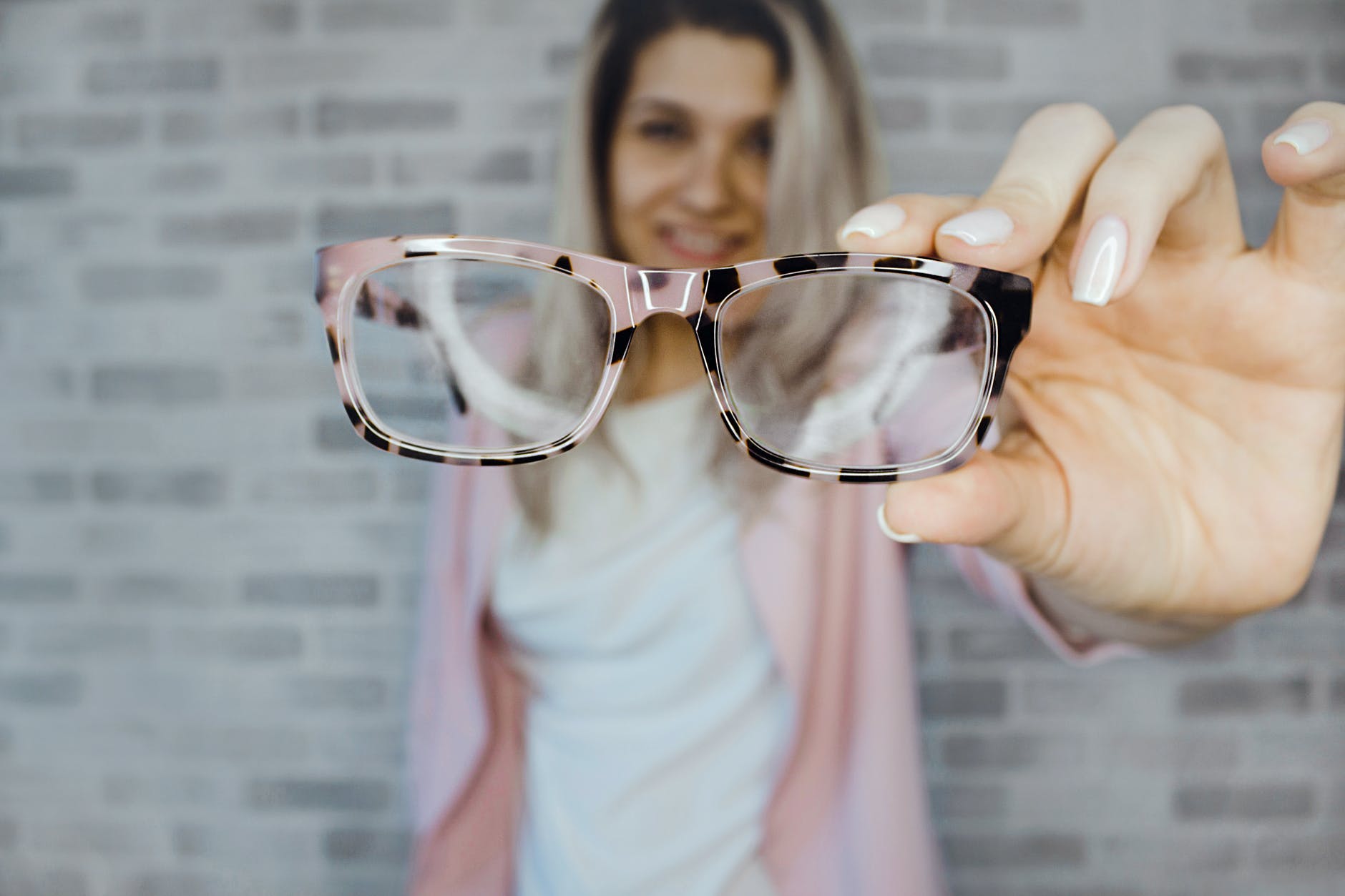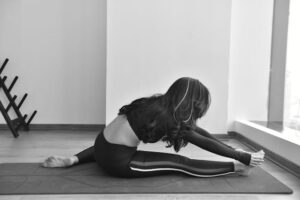
Photo by Designecologist on <a href="https://www.pexels.com/photo/selective-focus-photography-of-pink-and-black-framed-eyeglasses-975668/" rel="nofollow">Pexels.com</a>
Going to the doctor when something is wrong is easily done. Remembering to book an eye test even if you don’t think you are having any eye problems can be harder to remember. However, having a regular eye test is a great way to make sure your eyes are fit and healthy, with the advice being to go and get them tested once every two years. A full eye test will examine both the front and back of your eyes to check for any health issues.
Before your eye test
It’s good to know what to expect from your eye test with your optician. When you arrive, your doctor will ask you some questions about your eyes. They will ask if you are experiencing any issues with your sight, any soreness, or changes to your vision, as well as going over any family history of eye problems to see if there is anything hereditary to look out for.
Your doctor will then start with some basic preliminary tests. These usually involve an eye pressure check and the taking of an image of your retina; they may also need to dilate your pupils for the exam. To prepare yourself on whether you will need to undergo this, you can find helpful guides online that will explain why they dilate the eyes and its process. This can ensure that you aren’t nervous before an eye exam.
Eye pressure checks
In the eye pressure check, you will have to sit with your head against a brace and have a puff of air blown directly into your eye; this puff of air causes your cornea to flatten and allows the instrument to sense the deflection of your eye and then calculate your IOP (intraocular pressure).
Another way to check eye pressure is by checking your visual field. This is done through flashing lights across a screen and checking how you see them. Both of these quick, easy checks are done in order to identify glaucoma.
Digital retinal photograph
A digital retinal photograph is taken as a way of monitoring the overall health of your eye and lets your doctor easily see how your eyes have changed throughout the years.
Checking your prescription
One test you might do is an auto-refraction test. This gives the optician a good idea of any glasses prescription that you might need, whether it is your first-time needing glasses or contacts or to see if your prescription has changed at all. The refraction test is also a good way to check this and is the test that involves the pyramid of letters on a chart slowly getting smaller. You will be asked to read them out one by one. When referring to the prescription a patient needs, your doctor is talking about the power of lens needed for your eyes to correct your vision.
During your eye health check, you may also have checks done using an ophthalmoscope and a number of other instruments, including a slit-lamp or a visual field analysis. Usually, an eye test should take no more than 20-30 minutes if you are young and have healthy eyes. However, if you are older and have high blood pressure, diabetes, glaucoma, or other ailments, then a test will likely take much longer.


